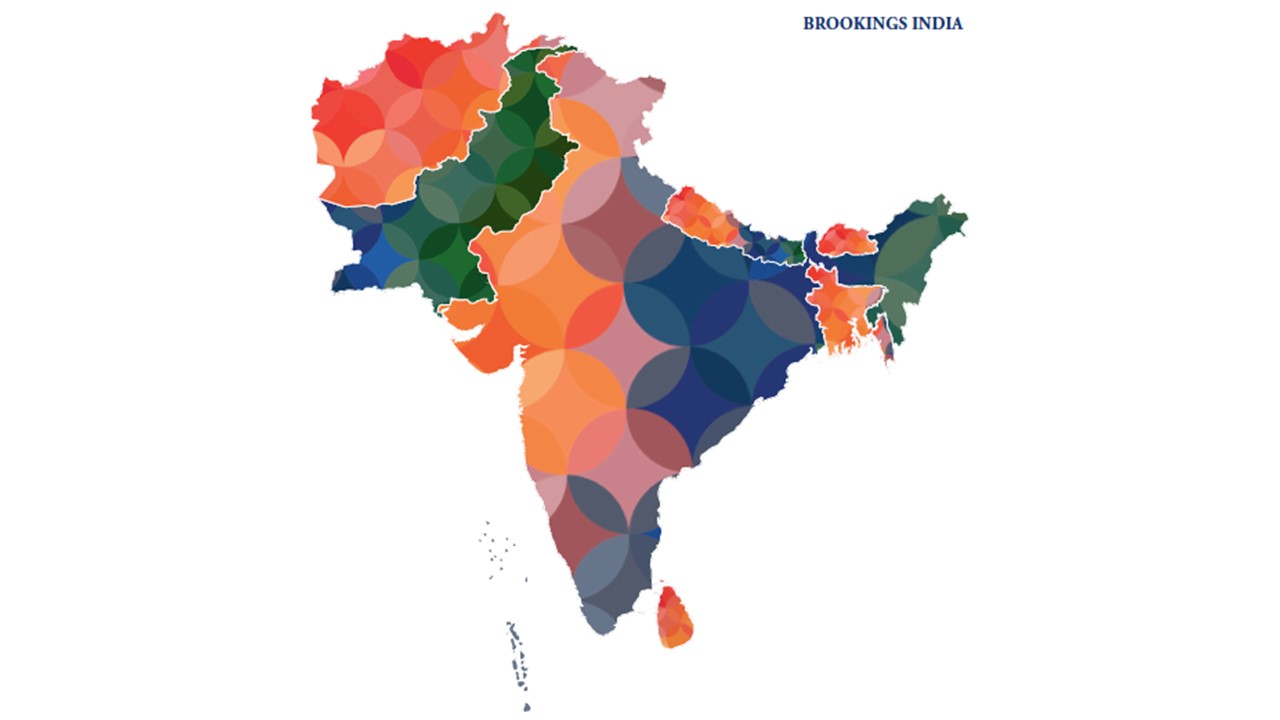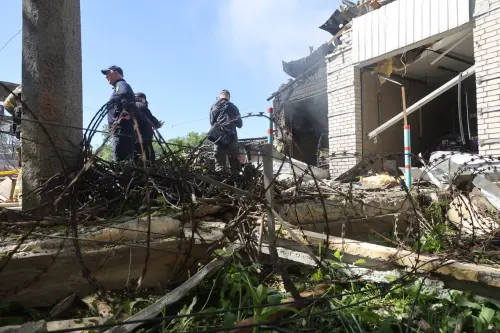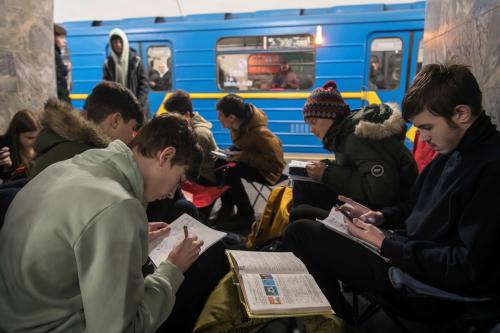Content from the Brookings Institution India Center is now archived. After seven years of an impactful partnership, as of September 11, 2020, Brookings India is now the Centre for Social and Economic Progress, an independent public policy institution based in India.
Infrastructure is an enabler of economic activity and human development, and by many indicators, SAARC countries are lagging in terms of their domestic infrastructure. While building infrastructure is considered a national endeavor and it might be counter-intuitive to think regionally, there are several domestic benefits in collectively building some SAARC-wide infrastructure.
First, shared infrastructure tends to be cheaper. Infrastructure is best viewed as a system or network, and it is more than just the end-points that matter. Costs are rarely linear with usage (and have very large initial fixed costs), and so the more the users, the cheaper it is all around.
Apart from policy and political choices, what are the development drivers for shared infrastructure? For land-locked nations, the value is obvious, as it is for India which would be keen to improve connectivity to its north-eastern states through Bangladesh, instead of the costs and delays of going through the chicken’s neck wraparound.
Even if one doesn’t want infrastructure between two countries for policy or political reasons, infrastructure through another country can always be created. If East and West Germany, during the Cold War, could have railways to Berlin (through East Germany), with today’s technology and design, it is possible to have logistics set up in a secure manner to ensure transit. Over time, any such infrastructure could also be harnessed for non-transit uses, between the nations, and also within the country – 3 uses with one system! Even something like a gas pipeline transiting through Pakistan could be designed for upgradation to optimize in-country consumption as well.
Second, beyond the big-ticket items of transnational roads, rails, and even riverways, (which are expensive and take time to build; they are also more challenging in terms of working out frameworks and agreements), there are other easier opportunities such as in telecommunications and tourism.
Most countries want cheaper and faster telecommunications, especially for the Internet. A SAARC satellite, as proposed by Prime Minister Narendra Modi, could offer multiple uses for the region, not just telecommunications but also remote land-use planning, weather predictions, etc. Any satellite designed for India would easily cover most – if not all – of SAARC.
While connectivity can come via satellites, the cheapest and highest capacity systems rely on optical fibers. Traditional designs for networking have relied on domestic networks plus international gateways. It is important for telecom traffic to have multiple routes for global interconnections not just for lower prices, but also to provide redundancy. India has had several links for decades, on its eastern and western coasts, but other nations such as Bangladesh have only a few if not single major interconnection. While the envisaged SEA-ME-WE 5 (South East Asia – Middle East – Western Europe) optical fiber system will help many SAARC nations with regional interconnections, this network (a) will take some years to materialize, and (b) is geared towards shipping traffic to Asian hubs.
Instead, if there were greater intra-SAARC fiber links, this would not only provide additional route diversity, it would also offer higher utilization of the more expensive international links. In addition, land-based fibers are easier and cheaper to upgrade, which is important given that communications (hardware) technology, like computers, improves far faster than the lifespan of optical fibers (measured in decades).
While some people may fear telecommunications crossing national borders, it is important to realize that existing systems already do this (that is the whole purpose of international gateways, which can segregate domestic and globally linked traffic). The only thing that changes is where this happens. In addition, with a layered approach to communications, which is the hallmark of the Internet, it is possible to choose any level of security as the business operations warrant.
Optical fibers are relatively less expensive than the big-ticket infrastructure, and they can be made even cheaper if they harness a second synergy, the Right of Way, along other infrastructures. In India the railways, gas pipeline companies, and national power transmission companies all run nation-wide optical fiber networks (both for internal and resale purposes). The same can be an additional option for any cross-border infrastructure.
Other infrastructure will be driven by national priorities. Bhutan and Nepal are known for their ecological and spiritual tourism. Improved infrastructure can be both physical and virtual, or in the air. Improved connectivity for tourists through hubs in India or elsewhere can benefit these nations, which otherwise have limited international airlines reach. Similarly, virtual links can enhance back-end infrastructure needed in not just tourism but many more economic activities.
Given India’s size and central location within SAARC, it becomes a natural choice for providing leadership and logistical support in building regional infrastructure. Even before financing needs, the short-term need will be to support analysis and discussions. There are many options for taking this forward, such as a CGIAR-like (Consultative Group on International Agricultural Research) framework, where each member country could focus on the infrastructure need most pressing or appealing to them.
Not only is regional infrastructure complementary to domestic and global (external) infrastructure, the economics and opportunities are inherently compelling, and this is even before considering any dividends of regional cooperation.
_______________________________________________________________________________
This chapter is a part of Brookings India’s briefing book, “Reinvigorating SAARC: India’s Opportunities and Challenges.” To view the preface and table of contents, click here.
***
Rahul Tongia is a nonresident fellow with Brookings India in New Delhi and the Brookings Institution. His research covers energy, electricity, and sustainable development, with additional expertise in information technology and telecommunications.
_______________________________________________________________________________




